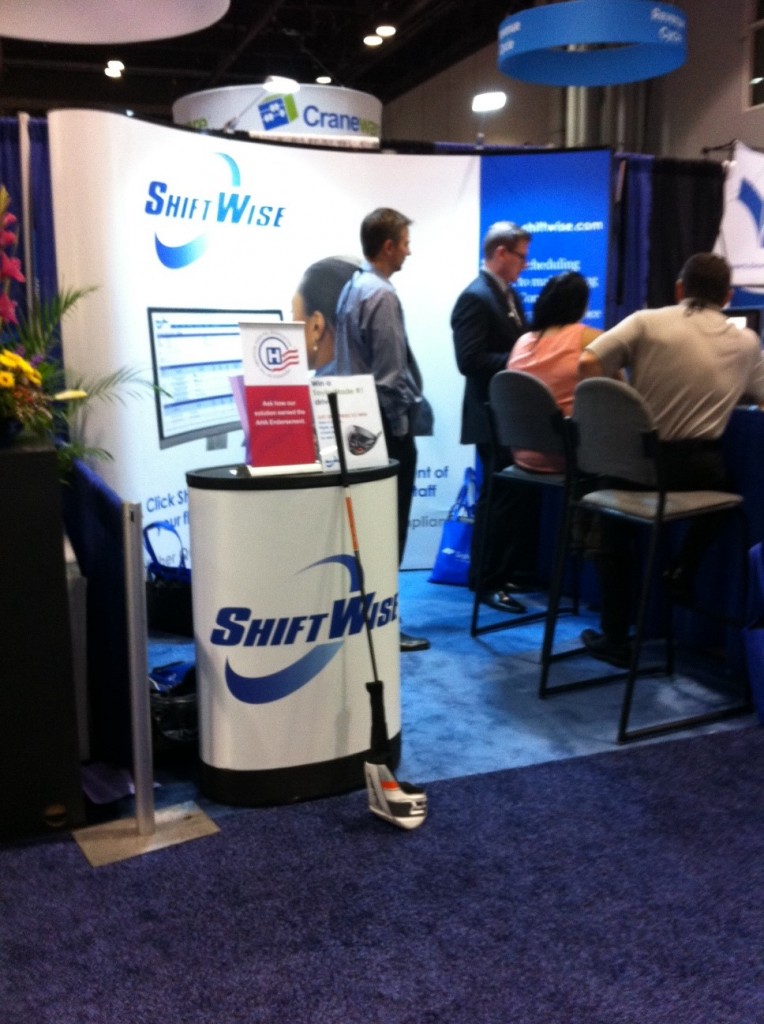The changes going on in healthcare are enormous. Mergers, policy changes, expansion outside of the traditional hospital walls, and the move toward value-based care all put pressure on healthcare systems to perform as they never have before.
At the HFMA National Institute this year, ShiftWise met with a number of financial professionals charged with navigating some tricky waters ahead.

The focus of these executives and managers is largely on cost accounting and using that data to affect behavior that ultimately leads to reduced costs. Unfortunately, there is a big gap between where most hospitals currently sit and where they need to go. Sure, these people are keenly aware that today’s methods don’t sit well with tomorrow, but the gap largely exists due to unfamiliarity with what is going to get them there.
Take contingent staffing for example. Financial executives sometimes express that they don’t have anything to do with this operation. “Talk to HR” or “Talk to our CNO” they’d say.
Understandable, just not effective.
Contingent staffing is an expense that is, in many cases, unnecessarily large due to inefficient processes and a lack of executive oversight. Increasingly sophisticated means of reporting and superior business intelligence are required because of the growing complexity of today’s healthcare organizations as they expand outside of the “traditional” hospital setting.
Approaching contingent labor practices strategically
As we showed these executives and others in brief demonstrations at the HFMA show, contingent labor practices are an important piece in value-based care and, done right, healthcare organizations can gain specific advantages across the entire continuum of care:
- Insight into performance to drive quality improvements
- Cost accountability
- High-level and granular visibility that leads to better decision making
It’s not that finance departments should jump in and make operational decisions when it comes to the labor workforce. It’s that they need to recognize that their role in pushing forward into a rapidly approaching future expands across all cost centers within an organization.
It’s not good enough to say, “This is our contingent labor expense and that’s that.” The best financial leaders are going to know why and be able to strategically solve problems that lead to better results.
 See demo
See demo